Study: Efficient Fixtures Cut U.S. Indoor Water Use
America’s households are using less water.
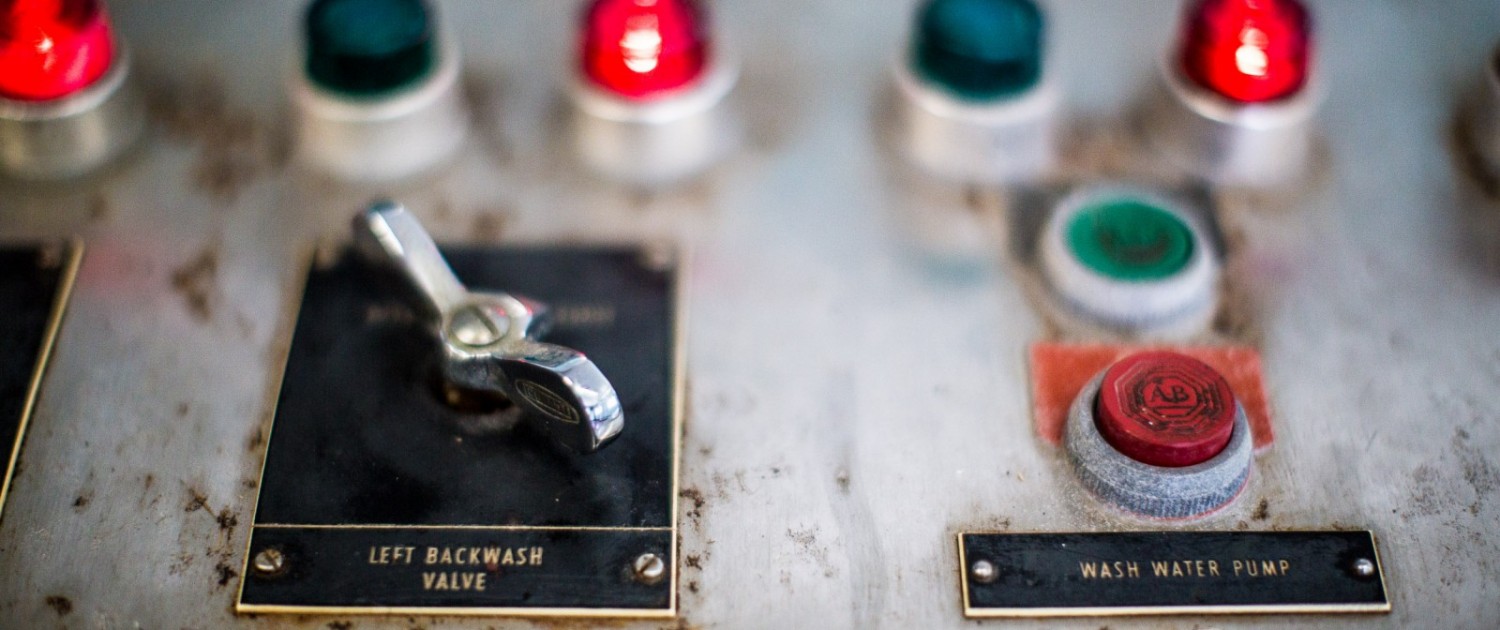
By Brett Walton, Circle of Blue
Indoor household water use in the United States decreased 22 percent between 1999 and 2016, according to the most rigorous analysis to date of how water is used in U.S. homes.
Even more encouraging for conservationists is that indoor water use could drop another 35 percent or more if all homes installed the most water-efficient fixtures and appliances on the market.
The decline in water use — from 670 liters (177 gallons) per household per day to 522 liters (138 gallons) — is not due to a green wave of environmentalism breaking over the suburbs. U.S. households accomplished the feat without a significant change in behavior, according to William DeOreo, lead author of the study. Household size was roughly equal in the two studies (2.7 people in 1999 versus 2.6 today). Minutes per shower remained constant. Toilet flushes did not budge. Neither did faucet use. The reason households are using less water: better equipment.
“It’s almost all attributable to fixtures,” DeOreo told Circle of Blue, talking about toilets, faucets, clothes washers, dishwashers, and other appliances. “It’s not like people’s habits changed. Better technology really drove the reduction. And there’s room for more improvement if we adopt the best technology out there today.”
The study’s findings are consistent with broader water use patterns in the United States. Water withdrawals peaked in 1980, according to U.S. Geological Survey data. In addition, many cities, while confronting limits to water supply, are seeing persistent downward trends in consumption. Fort Worth, Texas, for instance, cut residential water use by 18 percent between 2006 and 2013. And Seattle uses about 30 percent less water today than in the late 1980s.
Toilets Use the Most Water
The study, prepared by Aquacraft, a consultancy based in Boulder, Colorado, updates a 1999 study that established a baseline for household indoor water use. The new study was funded by the Water Research Foundation, a nonprofit organization, and a group of 11 water utilities.
Many more utilities from all regions of the country participated in the study. DeOreo and his colleagues divided them into two groups. They looked at billing data and household surveys for 17 of the utilities. The more detailed and time-consuming analysis was conducted on the nine utilities in the second group. The researchers fitted 762 homes with flow meters, a device that tracks how much water goes to each fixture or appliance. They gathered data over a two-week period.
Three-quarters of the 22 percent decline came from just two sources: toilets and clothes washer. Toilets account for more water use than any other fixture.
More savings are possible. Less than half the homes had the most efficient clothes washer (46 percent of homes) or toilet (37 percent). Efficient showerheads, on the other hand, are in much wider use, with 80 percent of homes adopting them.
The researchers also analyzed outdoor water use for 838 households. In this group, roughly half of water use occurred outdoors, to water lawns, fill pools, or wash cars.
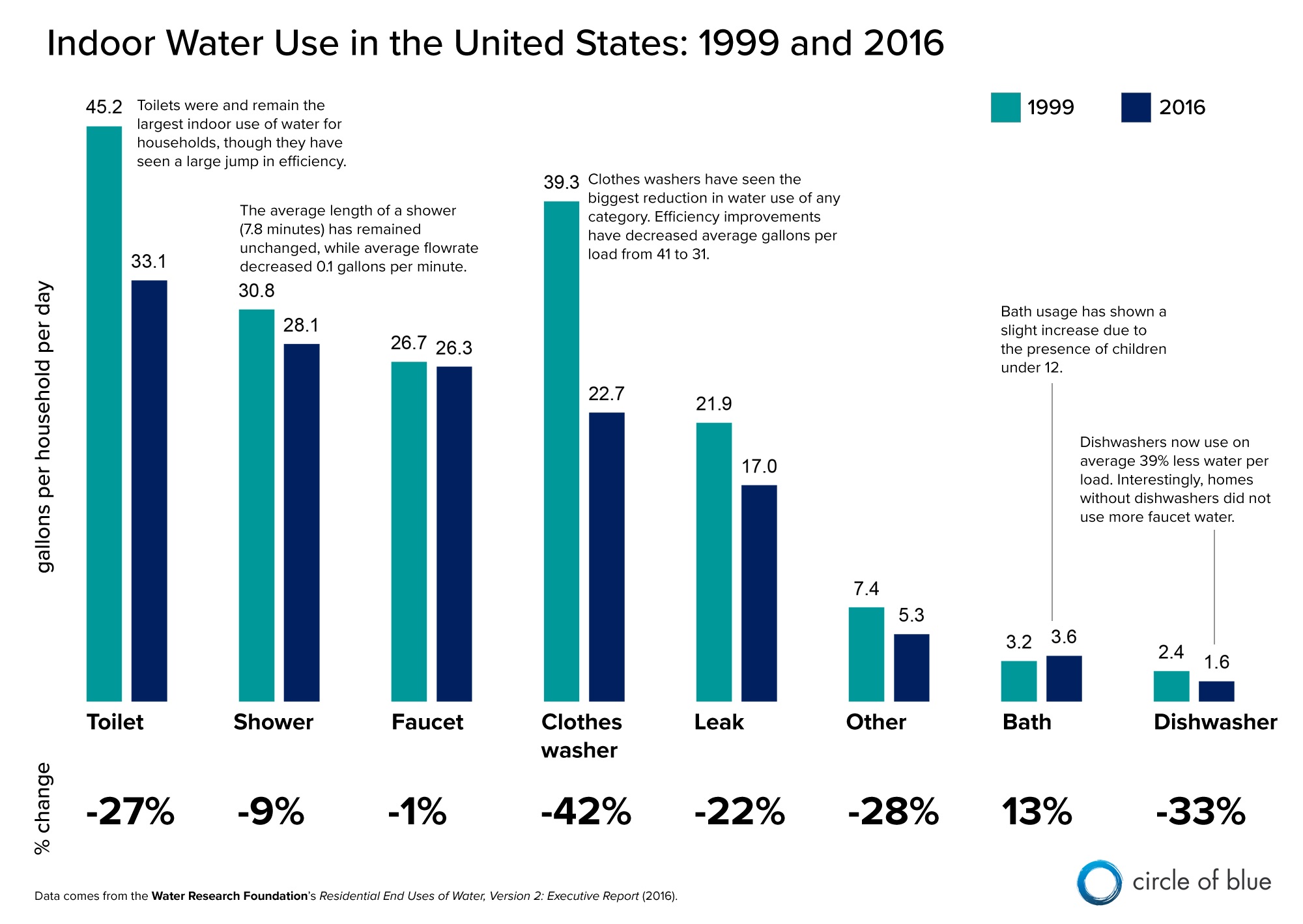
Indoor water use declined by 22 percent between 1999 and 2016. Toilets used more water than any other fixture. Graphic © Kaye LaFond / Circle of Blue
Better Planning Through Data
The study is a boon for utilities, which are particularly keen on the data. Knowing the direction that conservation is heading and the approximate rate at which water use is declining is extraordinarily helpful information. The data can help utilities design water rates and gauge whether new reservoirs, canals, or desalination projects are necessary.
“It would not be possible for Denver Water to forecast demand without studies like this,” Greg Fisher, manager of demand planning, told Circle of Blue. “The information in this study gives us insight to a level of detail that we wouldn’t have otherwise. What this study does is really help us measure people’s water-use behaviors and the fixtures they use. That, in turn, helps us understand how people are becoming more efficient and what opportunities we have to continue to help them become more efficient.”
Denver Water is one of nine utilities that participated in the flow monitoring analysis.
Karen Guz, conservation director for San Antonio Water System, another participating utility, pointed out two interesting findings. One is that nearly three-quarters of households used less water on landscaping than what was theoretically required for optimal lawn and garden growth. Some utilities use these theoretical values to set household water budgets, which provide low-cost water for efficient use. If households are getting by with less than what is considered optimal, then water budgets could be revised.
“This is a big finding because it should get everyone to re-think those water budget calculations,” Guz explained.
Second, Guz noted that a lot more can be done to patch leaks. The study found that 13 percent of an average household’s indoor use was lost to leaks. This does not mean that every house leaked that much; rather, a small number of homes had large losses — from pools that automatically refill, irrigation systems, or toilets.
Solutions exist. Leak control systems, which close valves if water flows through the meter too long, can catch leaks early, DeOreo said. Building codes would have to be changed, however, to make them mandatory. Water recycling systems that use shower water to flush the toilet would also chop into indoor demand.
DeOreo sees indoor demand continuing to fall as old fixtures are retired and sleeker models replace them. As the study shows, U.S. households still have a long way to go in the pursuit of water efficiency.
Brett writes about agriculture, energy, infrastructure, and the politics and economics of water in the United States. He also writes the Federal Water Tap, Circle of Blue’s weekly digest of U.S. government water news. He is the winner of two Society of Environmental Journalists reporting awards, one of the top honors in American environmental journalism: first place for explanatory reporting for a series on septic system pollution in the United States(2016) and third place for beat reporting in a small market (2014). He received the Sierra Club’s Distinguished Service Award in 2018. Brett lives in Seattle, where he hikes the mountains and bakes pies. Contact Brett Walton

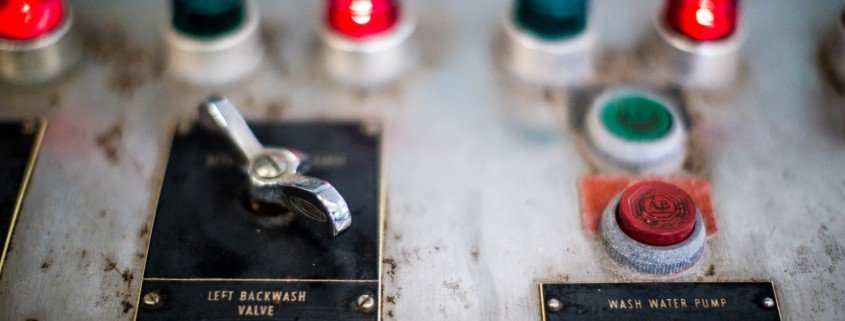


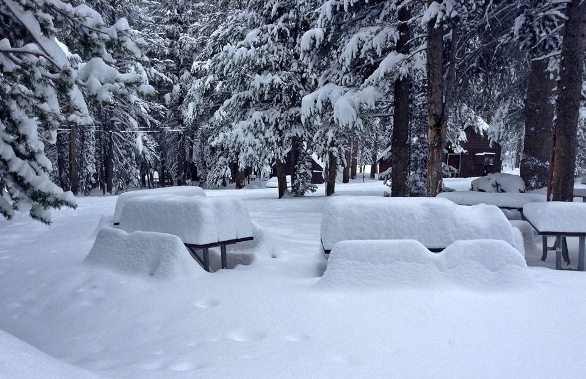

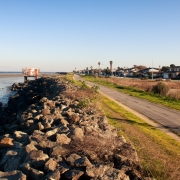



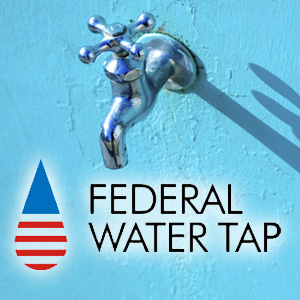

Trackbacks & Pingbacks
[…] still keep their water use in check. Indoor use dropped 22 percent nationwide between 1999 and 2016, much of that due to swapping out old […]
Leave a Reply
Want to join the discussion?Feel free to contribute!